National monuments are often celebrated for their grandeur and historical significance, but beneath their iconic exteriors lie fascinating secrets waiting to be uncovered. From hidden chambers to unexpected stories, these 15 monuments hold mysteries that even the most avid visitors may not know about.
15. Statue Of Liberty
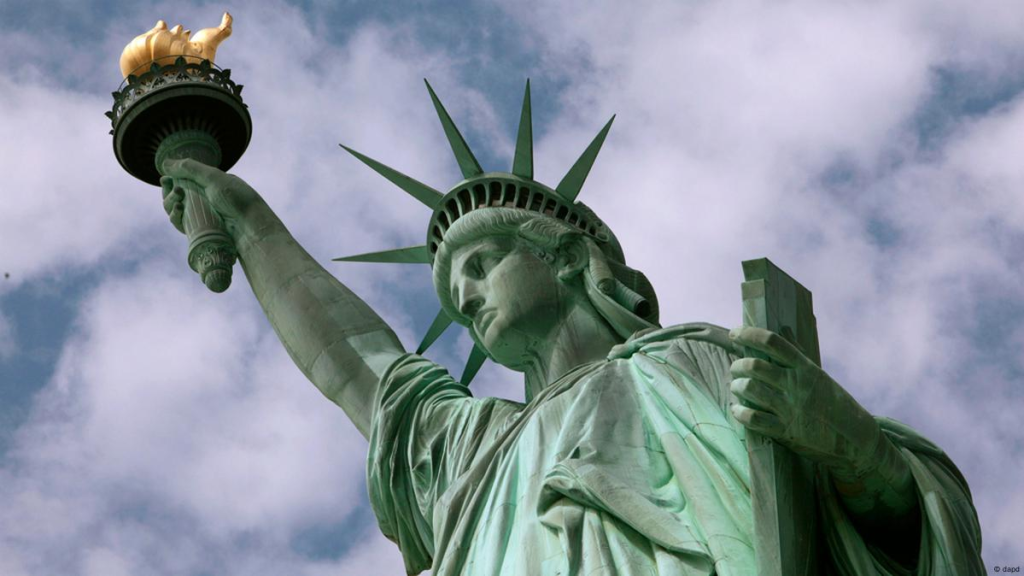
The Statue of Liberty, a symbol of freedom and democracy, attracts nearly 5 million visitors each year. However, few are aware of the time capsule hidden beneath her feet, containing items like a copy of the U.S. Constitution and bronze medals of U.S. Presidents. This time capsule has remained sealed since the statue’s completion in 1886, and it is believed that it will only be accessible if the statue is ever dismantled. The raised foot of Lady Liberty has sparked conspiracy theories, with some suggesting it could be a hidden entrance to this long-lost treasure.
Moreover, the statue’s face has been a topic of debate among historians. While it is widely believed to be modeled after the Roman goddess Libertas, some argue that it resembles the sculptor’s brother, Jean-Charles Bartholdi. This adds a layer of intrigue to the statue’s identity, leaving us to wonder about the true inspiration behind this iconic figure.
14. Brooklyn Bridge
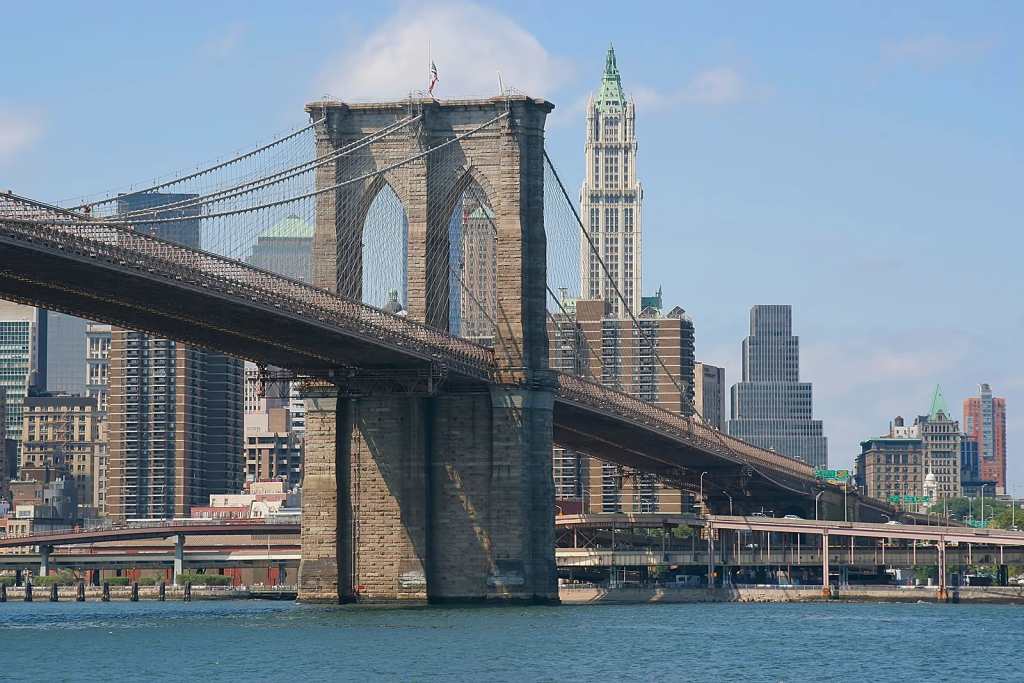
Just a stone’s throw from the Statue of Liberty lies the Brooklyn Bridge, a marvel of engineering that sees around 120,000 vehicles and 30,000 pedestrians daily. While many admire its architectural beauty, few know about the massive stone anchorages that secure the bridge. These anchorages house 50-foot vaults that were once rented out for storage, with companies storing wine in the cool, dark chambers. The Blue Grotto, one such vault, even featured frescoes depicting European vineyards.
After Prohibition, these vaults were repurposed, and during World War II, they became maintenance storage. The history of the Brooklyn Bridge is not just about its construction; it also tells a story of commerce, culture, and the changing tides of American society.
13. Lincoln Memorial
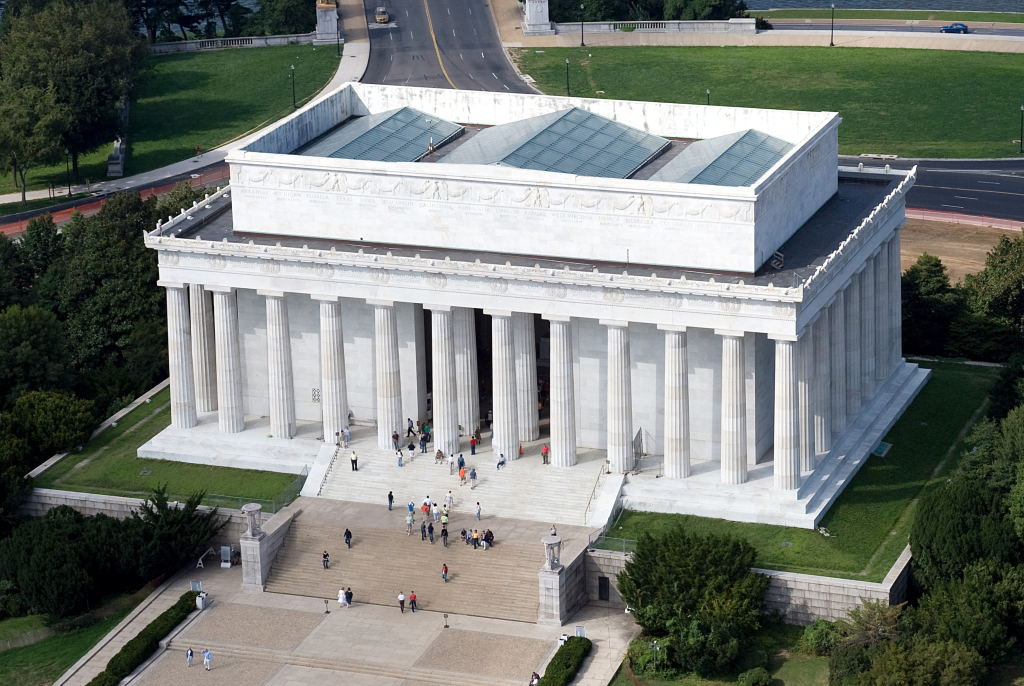
The Lincoln Memorial is a beloved monument that draws around 100 million visitors annually. However, beneath the marble floor lies a manmade undercroft, created to support the structure on the marshy Potomac Flats. This underground area features stalactites formed by groundwater dripping over the years, creating a unique subterranean environment. The construction of the memorial required digging 65 feet deep and installing 122 concrete columns to ensure stability.
In 2023, a $69 million project began to transform this undercroft into a museum, set to open in 2026. This development raises questions about whether the hidden cavern should remain a mystery or be opened to the public, allowing visitors to explore the fascinating history of this iconic structure.
12. Washington Monument
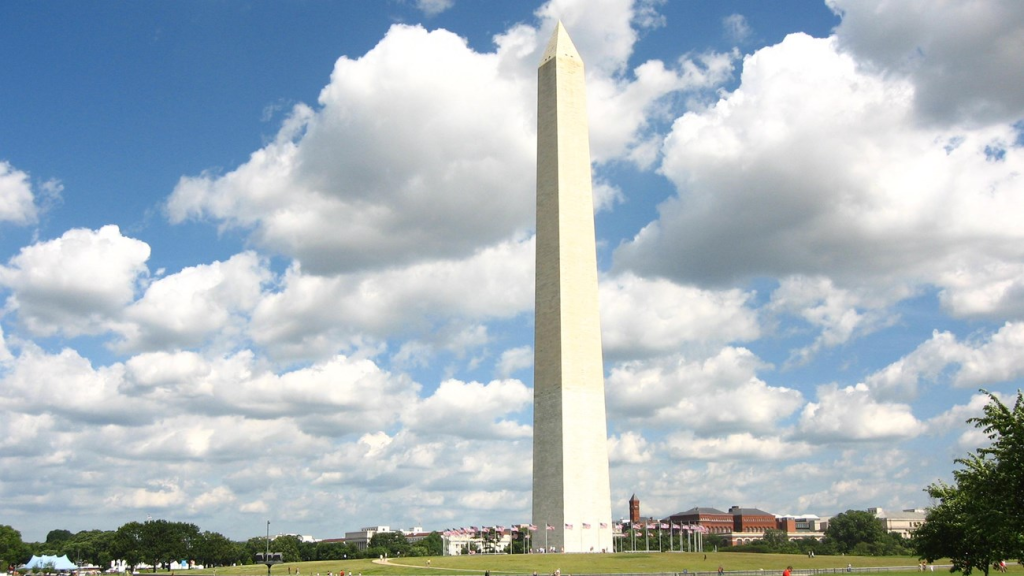
Standing tall at 555 feet, the Washington Monument is one of the most recognizable landmarks in the world. However, its construction is marked by a curious color change in the stone, a result of a halt in construction due to funding issues. When work resumed, a different quarry was used, leading to the noticeable variation in color. This unique feature adds character to the monument, making it a subject of interest for visitors.
Additionally, hidden beneath a manhole cover near the monument is a 12-foot replica, a geodetic marker used by surveyors in the 19th century. This secret addition highlights the monument’s role in American history, serving as a benchmark for accuracy in surveying and mapping.
11. Eiffel Tower
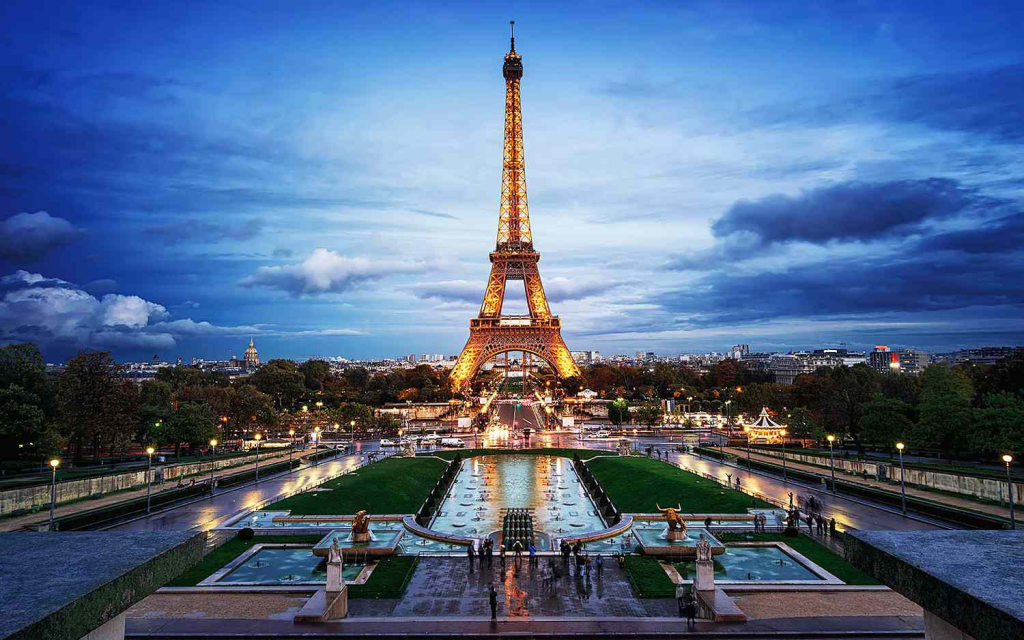
The Eiffel Tower, an iconic symbol of Paris, is not just a stunning structure; it also harbors secrets within its heights. Gustave Eiffel designed a private apartment at the top, complete with a piano and a view that would impress any guest. Although he never stayed there overnight, he entertained notable figures like Thomas Edison in this exclusive space.
Beneath the tower, a secret military bunker was constructed for wireless transmissions, playing a crucial role during World War I. This hidden facility allowed the French military to jam German communications, showcasing the tower’s significance beyond its aesthetic appeal.
10. Paris Catacombs
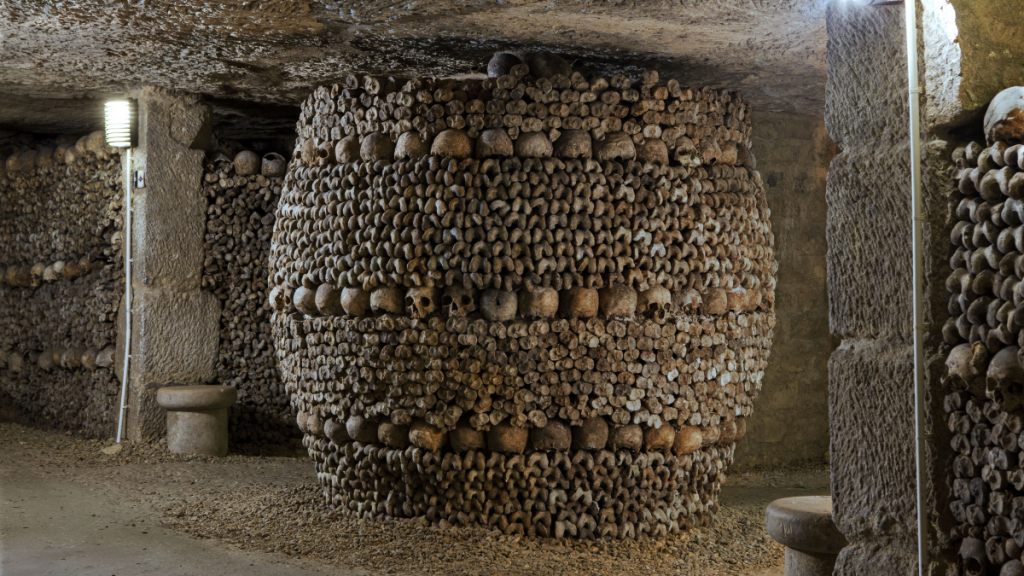
The Paris Catacombs are a haunting reminder of the city’s history, serving as an underground graveyard for the remains of over 6 million Parisians. While the catacombs are a popular tourist attraction, they also hold unexpected secrets. In 2004, police discovered an illegal cinema within the catacombs, complete with a bar and kitchen. This bizarre find highlights the catacombs’ dual nature as both a resting place and a site of clandestine activities.
The catacombs are a testament to the city’s past, but they also reveal the creativity and resilience of those who seek refuge in their depths. The juxtaposition of death and life within these tunnels adds a layer of complexity to their historical significance.
9. Notre Dame
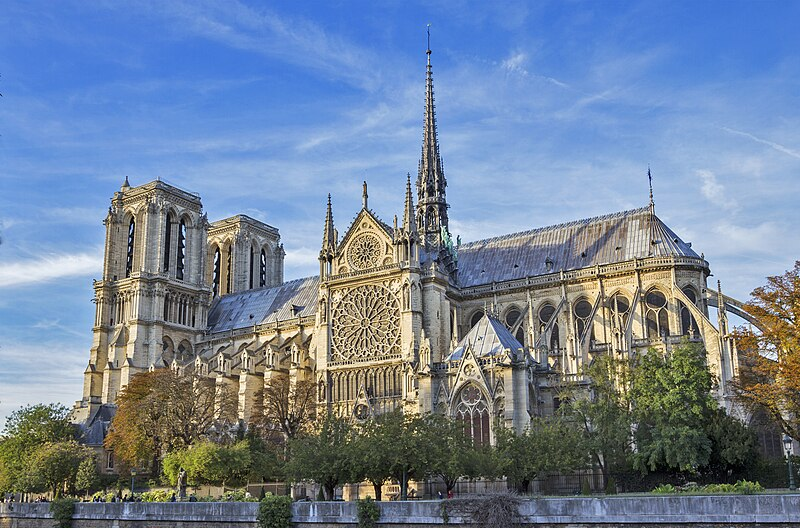
Following the devastating fire in 2019, archaeologists working on the restoration of Notre Dame uncovered two tombs beneath the cathedral’s floor. One contained the remains of Antoine de La Porte, a canon who died in 1710, while the other held an unknown aristocrat from the 14th century. The discovery of these tombs sheds light on the cathedral’s rich history and the important figures associated with it.
As restoration efforts continue, the secrets hidden beneath Notre Dame remind us of the layers of history that exist within this iconic structure. The stories of those buried within its walls add depth to our understanding of the cathedral’s significance in French culture and history.
8. Supreme Court
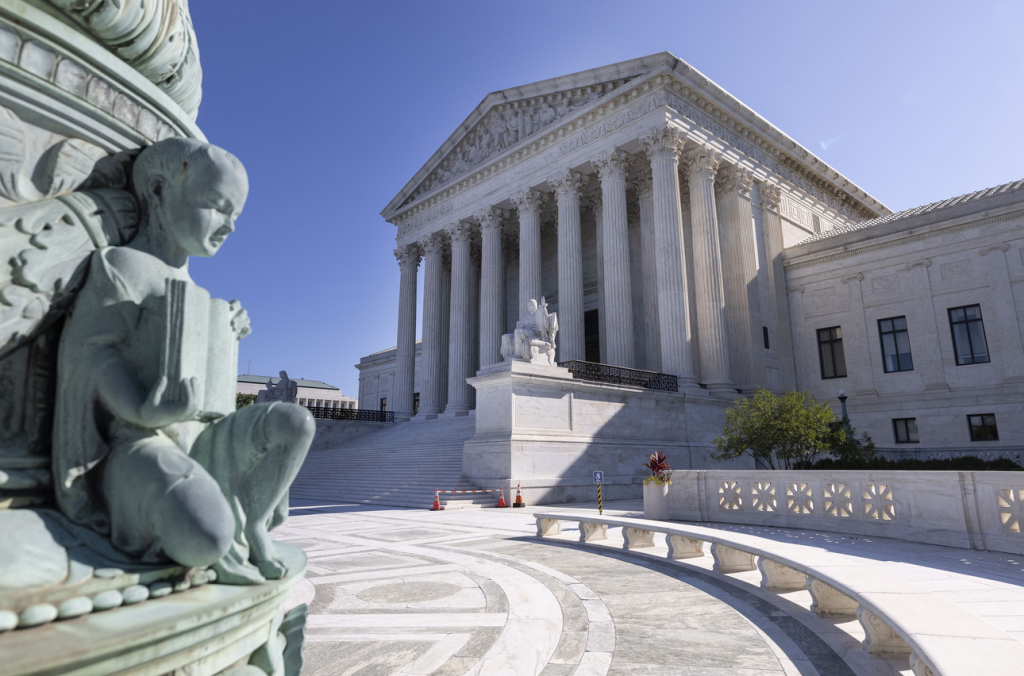
The Supreme Court of the United States is known for its landmark decisions, but few are aware of the hidden basketball court located on the fifth floor. Originally a storage room, this space was converted into a workout area for court employees in the 1940s. Today, it serves as a unique reminder that even the highest court in the land has a lighter side, where employees can unwind and enjoy a game of hoops.
This hidden court symbolizes the balance between the serious nature of the Supreme Court’s work and the need for recreation and relaxation among its staff. It serves as a reminder that even in the most solemn of places, there is room for fun and camaraderie.
7. Trafalgar Square
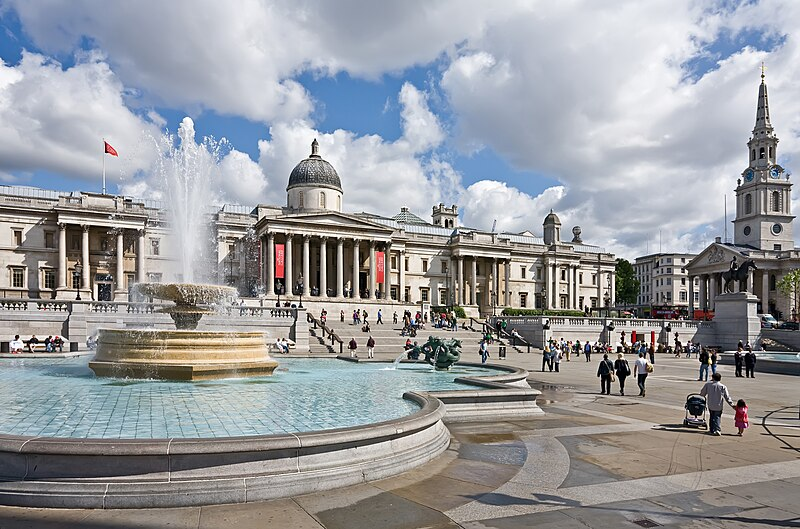
Trafalgar Square is famous for its fountains and statues, but it also houses Britain’s smallest police station, tucked away in a lamppost plinth. Originally established to maintain order during protests, this tiny station has since become obsolete, serving as a storage space for cleaning supplies. Its existence reflects the changing nature of public safety and the evolution of policing in urban spaces.
The police station’s history is a microcosm of Trafalgar Square’s transformation from a site of protest to a popular tourist destination. It serves as a reminder of the importance of maintaining order in public spaces, even as the nature of those spaces evolves over time.
6. The Monument
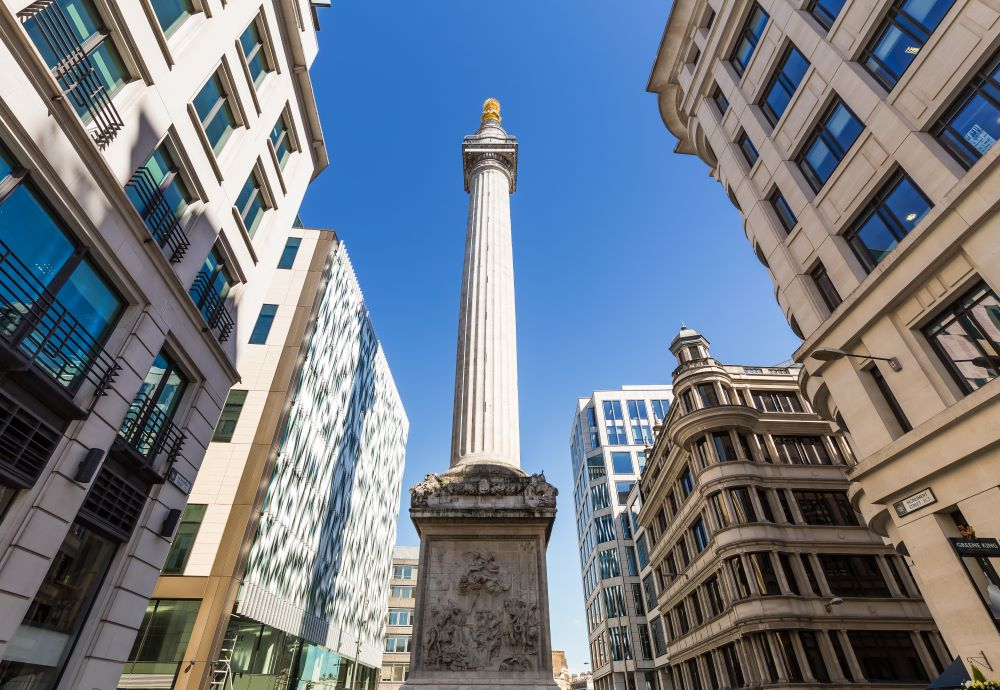
The Monument to the Great Fire of London is not just a towering pillar; it also conceals a hidden laboratory once used by scientist Robert Hooke. This space was utilized for scientific experiments, including a zenith telescope that Hooke attempted to use for astronomical observations. However, vibrations from nearby traffic ultimately led to the abandonment of this ambitious project.
The Monument’s dual purpose as a memorial and a scientific site highlights the intersection of history and innovation. Hooke’s experiments within its walls remind us of the scientific advancements that have shaped our understanding of the world.
5. Easter Island Heads
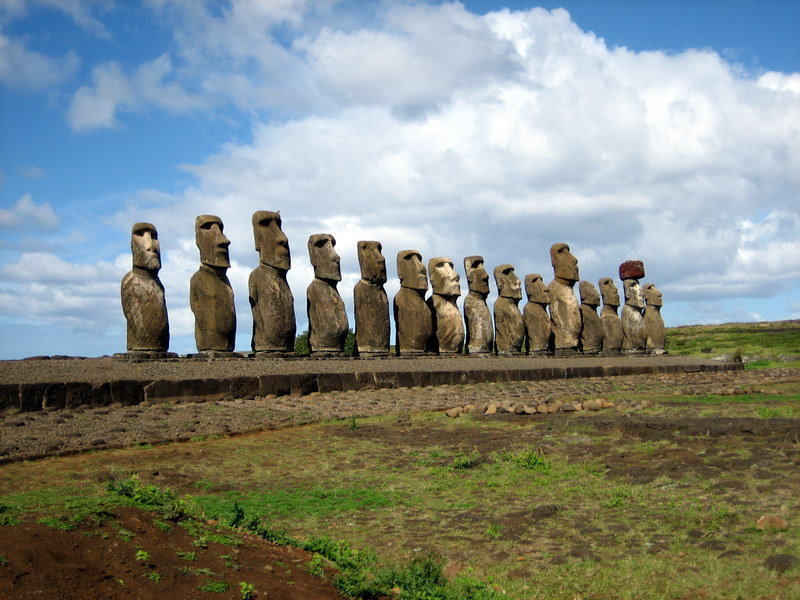
The Easter Island heads, or Moai statues, are famous for their imposing presence, but they are not just disembodied heads. Excavations revealed that these statues have full bodies buried beneath the ground, hidden from view for centuries. This discovery challenges our perceptions of these iconic figures and adds depth to their historical significance.
The excavation of the Moai statues underscores the importance of preserving cultural heritage and understanding the stories behind these remarkable creations. The full bodies of the statues serve as a reminder of the artistry and craftsmanship of the Rapa Nui people, enriching our appreciation for their cultural legacy.
4. Great Wall Of China
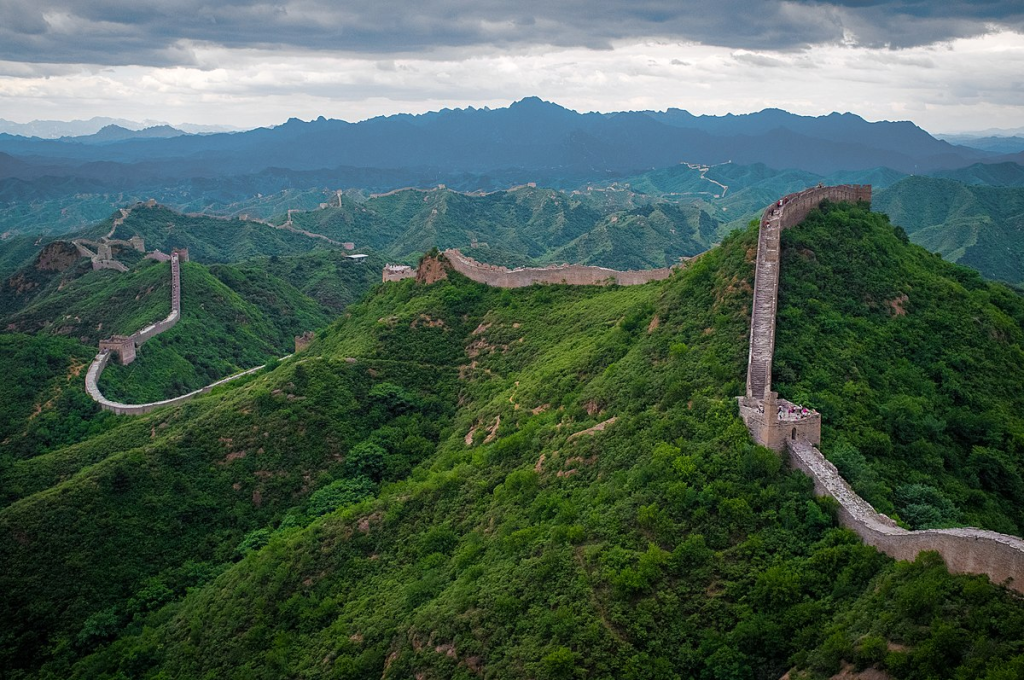
The Great Wall of China is a monumental feat of engineering, but it also carries a dark secret. Rumors persist that the bodies of workers who perished during its construction were buried within the wall itself, earning it the title of the longest cemetery on Earth. While this may not be entirely true, it highlights the harsh realities faced by those who built this incredible structure.
The Great Wall’s history is a testament to human perseverance and the sacrifices made in the name of progress. It serves as a reminder of the complexities of history, where triumphs are often intertwined with tragedy.
3. Christ The Redeemer
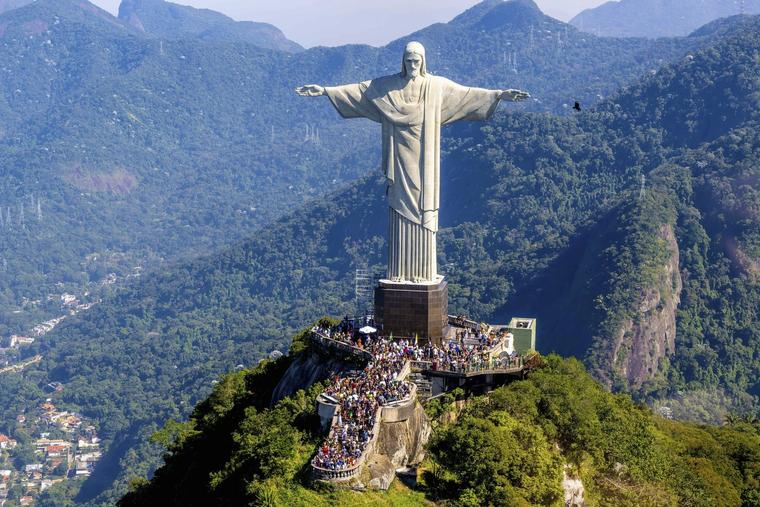
The Christ the Redeemer statue in Rio de Janeiro is not only a breathtaking sight but also holds a hidden feature within its structure. Inside the statue’s chest lies a stone heart, symbolizing the sacred heart of Jesus Christ. This inclusion adds a layer of meaning to the monument, representing God’s love for humanity.
The heart’s hidden presence serves as a reminder of the spiritual significance of the statue, inviting visitors to reflect on the deeper meanings behind its grandeur. Christ the Redeemer stands as a symbol of hope and love, transcending its physical form.
2. Disney Castle
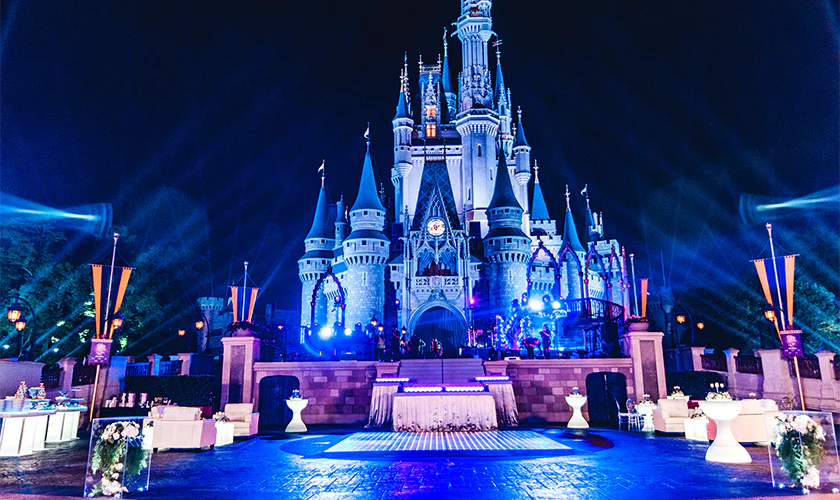
Cinderella’s Castle at Disney World is a beloved attraction, but few know about the hidden Cinderella Castle Suite within its walls. Originally intended as an apartment for Walt Disney, this space has since been transformed into a luxurious suite for select guests. Its exclusivity adds to the allure of Disney World, making it a coveted destination for those lucky enough to experience its magic.
The castle suite’s transformation reflects the evolution of Disney World as a premier destination for entertainment and luxury. It serves as a reminder of the dreams and aspirations that inspired the creation of this magical place.
1. Mount Rushmore
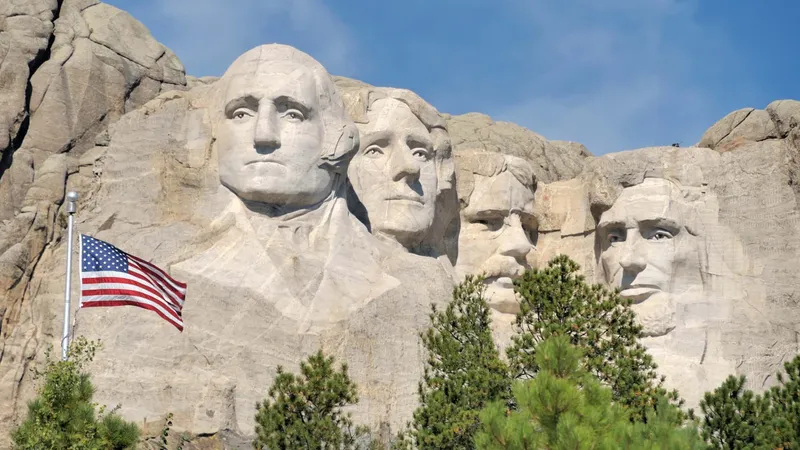
Mount Rushmore is famous for its colossal presidential faces, but it also harbors a hidden doorway leading to an unfinished Hall of Records. This ambitious project was envisioned by sculptor Gutzon Borglum, who intended to create a grand space to house important documents. Although the project was abandoned, a repository was later constructed to hold copies of foundational American documents.
The Hall of Records serves as a testament to the enduring legacy of the United States and the importance of preserving its history. Mount Rushmore stands not only as a tribute to past leaders but also as a reminder of the ongoing journey of the nation.




























